Bootmakers of Brisbane [Part 2]
By Dr Robin Trotter - 2024 Queensland Business Leaders Hall of Fame Fellow | 30 January 2025
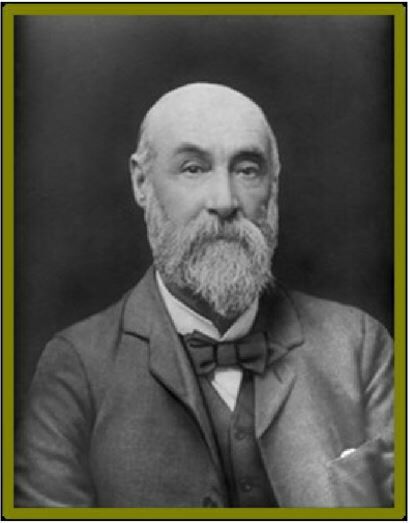
Thomas Coar Dixon (1845-1909). Source: ancestry.com.
Introduction
Dr Robin Trotter, 2021 and 2024 Queensland Business Leaders Hall of Fame Fellow
'The Bootmakers of Brisbane: Part 1' - covered the early history of the Queensland bootmaking trade, with the focus on the Brisbane scene. Here, the focus turns to T C Dixon & Sons, tanners from the early 1870s to 1970, and bootmakers from late 1870s to 1980: over 100 years of production of footwear ‘of distinction’. The story of T C Dixon’s tannery has been told elsewhere [See ‘Tanneries of Brisbane: Part 2 – The Dixon Tanneries’, State Library of Queensland). This story focuses on the company’s boot making operation.
The Aldine History of Queensland (1888) records that Thomas Coar Dixon, ‘a native of Yorkshire, England’ who had ‘learned the business of a tanner and currier’, (1) arrived in Queensland in 1868 and shortly after this, possibly 1873, established a tannery and subsequent to that, a boot factory.(2)
The Aldine History also reports that at the time of writing, Thomas Dixon’s factory:
turns out 200 sides of leather and 800 pairs of boots per week, and employs sixty hands. His premises are complete with all the latest labour saving appliances, and prior to being burned down about three years ago, were much larger than at present, and consequently employed more hands.(3)
Thomas Coar Dixon’s story
Born 1845, to Thomas and Jane (nee Chapman) Dixon, Thomas Coar Dixon was one of six children. Thomas Dixon Snr is recorded as an ironmonger. The family tree records the birth place of all six children as the Bradford Quaker Meeting-NC, Bradford, Yorkshire. At some point there was a move by the Dixon family to Ireland, however, the shipping records show that both Thomas and his older brother, Joseph Chapman, arrived in Australia from London: Joseph arriving in Melbourne in 1864 and the younger Thomas arriving in Sydney in 1866.
Thomas first settled in Moura where he started up a tannery and a move to Brisbane was at least in part a response to Joseph’s urging him to set himself up in the new settlement as Thomas later records: ‘I had a small Tannery in N.S.W. & my brother wrote that he thought there was a better opening here, so I came'.(4)
Moving forward from a tannery into boot making was his next venture and this advertisement from The Queenslander in 1878 shows that Thomas was now producing footwear from his tannery operation:
South Brisbane Boot Factory, The Queenslander, Saturday, 6 July, 1878, p.444. Trove, National Library of Australia.
Before the turn of the century T C Dixon’s business had expanded: tannery and boot making operations were complementary and linked. By 1878 he had built a new tannery at 439 Montague Road, Hill End (now West End).(5) He later recalled:
[I] built a 2 story Factory 50 x 20 long, facing Montague Rd. & after sent it down the paddock on a roller … [I] got the place cheap & started the tannery in a very small way … free of all taxes. (6)

T C Dixon factory prior to 1906. Source: Jocelyn Dixon.
As early as 1882 Dixon opened a retail store in George Street, Brisbane. (7) Dixon was a determined man who did not let setbacks deter him – neIther fire nor flood. A fire in 1885 destroyed most of the boot factory and tannery. As he later recalled: ‘all were destroyed by fire which gave me a great set back, as I was not half covered.’ (8)
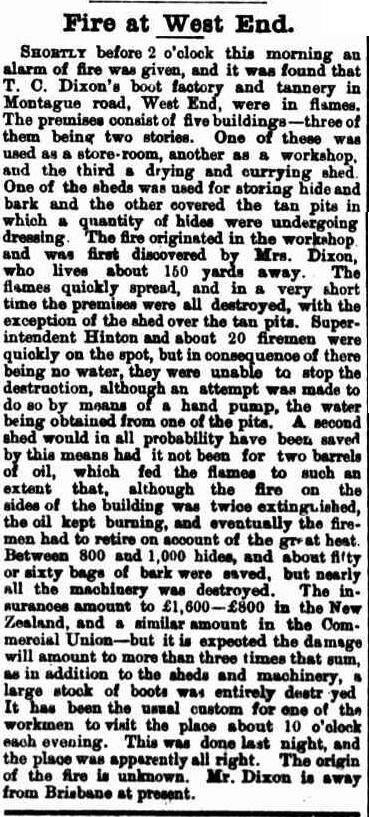
Fire at West End, Telegraph. Friday, 23 October, 1885, p.4. Trove, National Library of Australia.
Dixon rebuilt, but In February, 1893, Brisbane experienced one of its frequent flood events – this one referred to as the Great Flood of 1893 or the Black February flood. Again the Dixon factory was a victim; and The Queenslander reported that ‘Dixon's boot factory also near Ferry-street had been greatly damaged’.(9)
T C Dixon’s response was to rebuild, and to rebuild a more substantial structure. As he recalled: his sons ‘urged me to put up a decent place’. This ‘decent place’ was opened 1908. It was, and still is, much more than a ‘decent place’. Dixon visited Sydney to check out the opposition and the latest factory designs and at the opening of the ‘decent place’ he told how he had planned the new boot factory:
I first secured the land on the quiet, then I went to Sydney & saw some of the latest boot Factory buildings. I then put the matter in the Architect hands’, Mr. Gailey & with my suggestion and his skill we have the present magnificent building.
The architect, Richard Gailey, was well known and recognised as one of Brisbane’s leading architects, being described in his obituary as ‘the doyen of Brisbane architects. (10) The factory building he designed was large – taking up the length of Montague Road between Raven and Drake Streets with its front entrance on Drake street - and impressive with its Georgian style of symmetry and restraint. A detailed description of the Dixon factory is available from the Queensland Heritage Register. (11)

T C Dixon & Sons, Montague Road, West End, c.1900s. Source: David Tucker.

29851, Dixon's Shoe Factory, Montague Road, West End, John Oxley Library, State Library of Queensland.
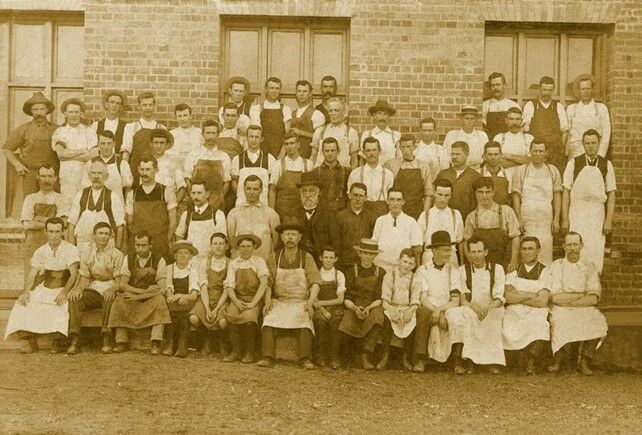
T C Dixon & Sons staff in front of the new factory, c.1908. Source: Kerry Viksne.
TC Dixon and Sons from 1909
Under William Victor Dixon (1883-1944) and his son, Victor Charles Dixon (1909-2002), the tannery operation continued up to its closure in 1970. Under Ernest Joseph Dixon (1885-1941) and his son, Ernest Thomas Alexander Dixon (‘Tom’) (1914-1993), the boot factory went from strength to strength. In 1910, the company was incorporated as a public limited liability company: T C Dixon & Sons Limited. (12)
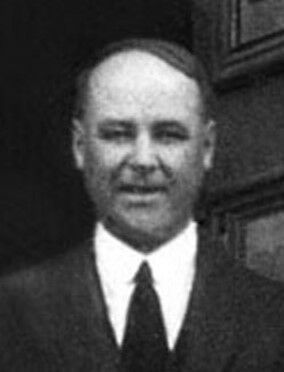
Ernest Joseph Dixon (1885-1941). Source: Kerry Viksne.
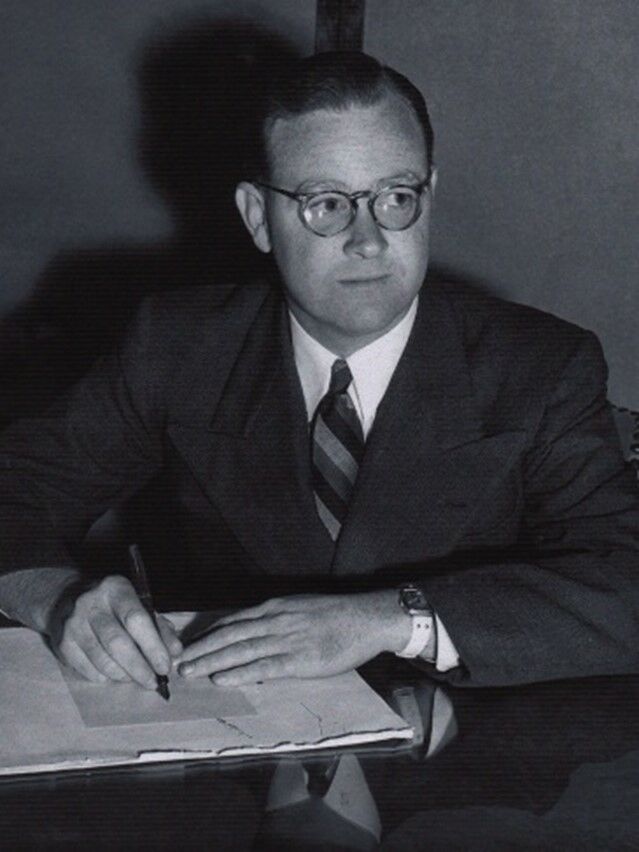
Ernest Thomas Alexander Dixon (Tom) (1914-1993). Source: Kerry Viksne.
In subsequent years, T C Dixon & Sons expanded. Dixon shoes were retailed widely, not only In Queensland but nationally; and in financial affairs the Company took over other footwear manufacturers.
Security Shoe and Slipper Company, Ipswich Road, Annerley, was acquired some time in the 1950s.
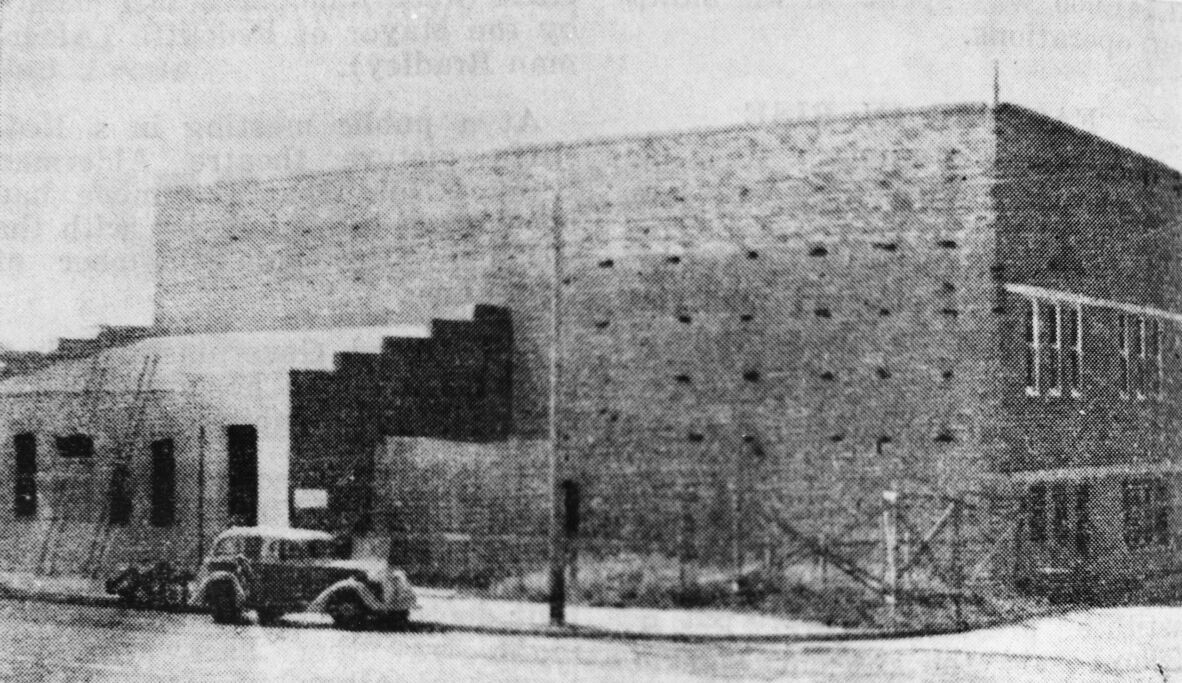
Security Shoes and Slipper Co. factory, Brisbane, 1948. John Oxley Library, State Library of Queensland. Negative number: 110858.
The old established boot factory of F T Morris & Co Pty Ltd was purchased in 1967 and continued, under its new management until 1973:
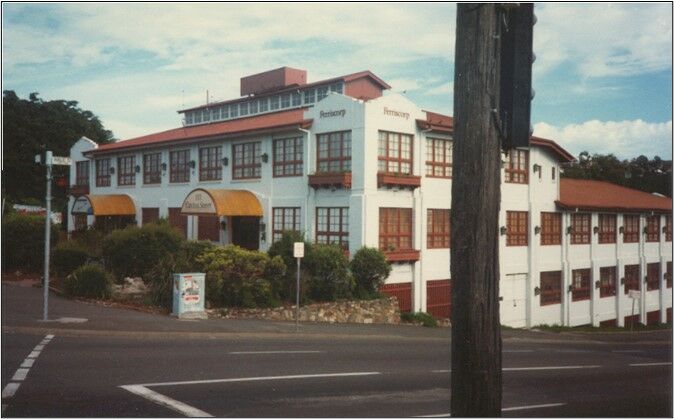
F T Morris factory post-renovation in the 1970s after its closure in 1973 as a boot factory and its reinvention as ‘The Spaghetti Emporium’. The restaurant closed in 1979 and the building demolished in 1990 for the Hale Street extension. Source: David Loosemore.
And in 1971 Thomas Footwear Pty Ltd was purchased. (13)
The reputation of Thomas Dixon was well established: by the early twentieth century the company had become an iconic Queensland industry. So it is not surprising that a highlight in the company’s history came In April, 1927, when the Duke of York visited the Dixon factory during the royal couple’s 1927 tour of Australia.
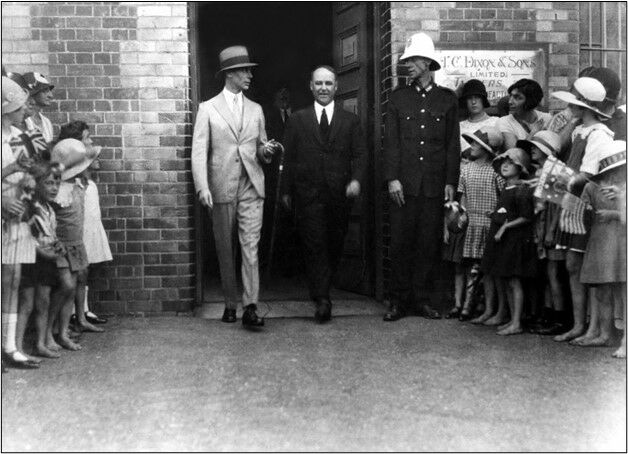
Duke of York, who became King George VI in 1937, with Joseph Ernest Dixon, April 1927. Source: Kerry Viksne
Over the next decades the Company distributed footwear widely to retail outlets around Queensland and also interstate, and expanded the capacity of the company. Thomas Dixon footwear became a household name.
But by the 1970s the writing was on the wall. With the Tannery closing in 1970, leather had to be acquired elsewhere – some from the ‘other’ Dixon tannery in Hemmant which had been established post-WW11 by William’s son, Donald Dixon. (14) The Dixon Tannery in West End had been one of the last tanneries left in Queensland as many of the tanneries that had been started up from the mid 1800s onwards had already been closed down due to changing markets, changing industrial environments, and changing fashions as well as shifts to leather substitutes and synthetics. Similarly, local manufacture of footwear was also under pressure as tariff barriers came down from 1973 and cheaper imports were coming onto local markets. This is one bootmaker (Cordwainer)’s comments on the tariff cuts:
Not much more than forty year ago, Australia’s footwear manufacturing industry was thriving. Tariff cuts introduced during the 1980s [actually initial tariff reductions were introduced for textiles and footwear in 1973] radically changed the shoemaking landscape in Australia and brought an end to a proud era. Over the next couple of decades the industry began to die and mass produced, foreign-made shoes quickly started to dominate the Australian market. (15)
The response from Dixons was to close the Montague Road factory in 1973 and, in partnership with Mathers (one of Queensland’s leading shoe retailers) and the Queensland Retailers Association (16), to relocate the boot making operation to Viking Drive, Wacol, under the name: Thomas Dixon Holdings Ltd. The new facility was a state-of-the-art factory costed at $1 million and included a crèche and swimming pool for employees. In the same year the partnerships terminated. The new factory continued up until 1980 by which time local production of footwear was becoming financially unviable and finally the Dixon factory closed.
Dixon and Shoes
As T C Dixon recalled in 1909, the ‘Blucher, Cossack & bals [Balmorals]’ had always been the company’s stock in trade but over time he realised that his customers were looking for more up to date styles and greater variety (17).
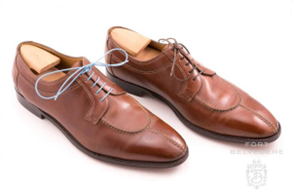
Blücher is a style of shoe with open lacing, its vamp made of a single piece of leather ("one cut"), with shoelace eyelets tabs sewn on top. Source: Gentleman’s Gazette.
![The Balmoral [Bal.] is a refinement of the Blutcher but more formal with closed lacing. The boot also features a distinct upper and lower portion, a low heel and a rounded toe.](/sites/default/files/styles/slq_standard/public/Picture8.png?itok=S8rcEn-_)
The Balmoral [Bal.] is a refinement of the Blutcher but more formal with closed lacing. The boot also features a distinct upper and lower portion, a low heel and a rounded toe. Source: The Noble Dandy.
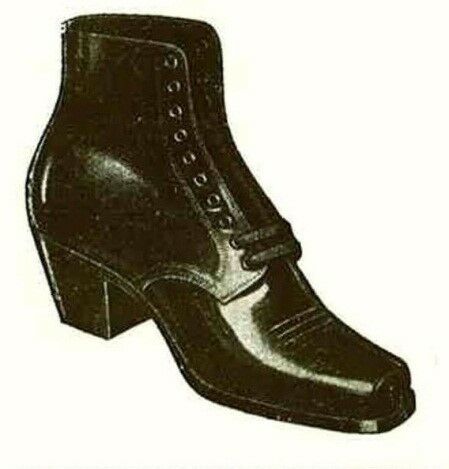
Cossack boot: An ankle high boot with small heel and a squared toe. Source: R M Williams.
As early as 1897 T C Dixon has registered the Castle brand as the company’s trademark and was producing branded footwear.
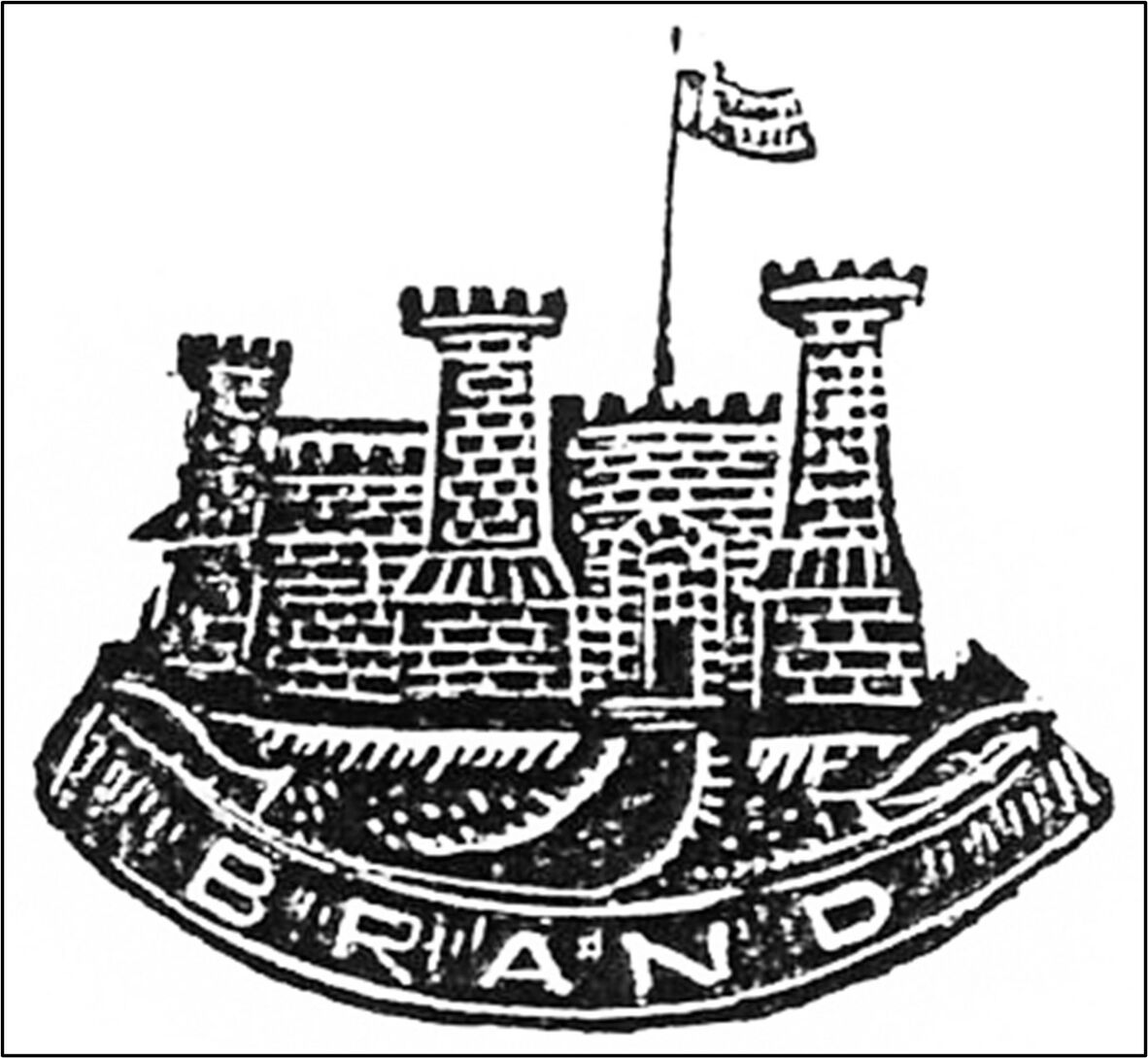
Castle brand trade mark. Thomas C. Dixon & Sons records. 1897-1910, 1950. 3113, Thomas C. Dixon & Sons records, John Oxley Library, State Library of Queensland.
The first advertisement featured below for Dixon’s Castle brand footwear appeared in 1925. There are two interesting points about it. The factory and tannery are featured and it also announces that the company had already established branches in Sydney and Melbourne. Secondly, Dixon’s were promoting footwear for women and children. Ray, an ex-employee of Dixons, commented that the footwear the factory was producing whilst he worked there in the later period of the company’s output was for males (men and boys). Ray believed this was because women’s shoes were more variable with rapid changes in styles that made production problems: men’s shoes were a more stable and reliable market. This shift to focus on men’s footwear is reflected in the Company’s advertising over the decades.(18)
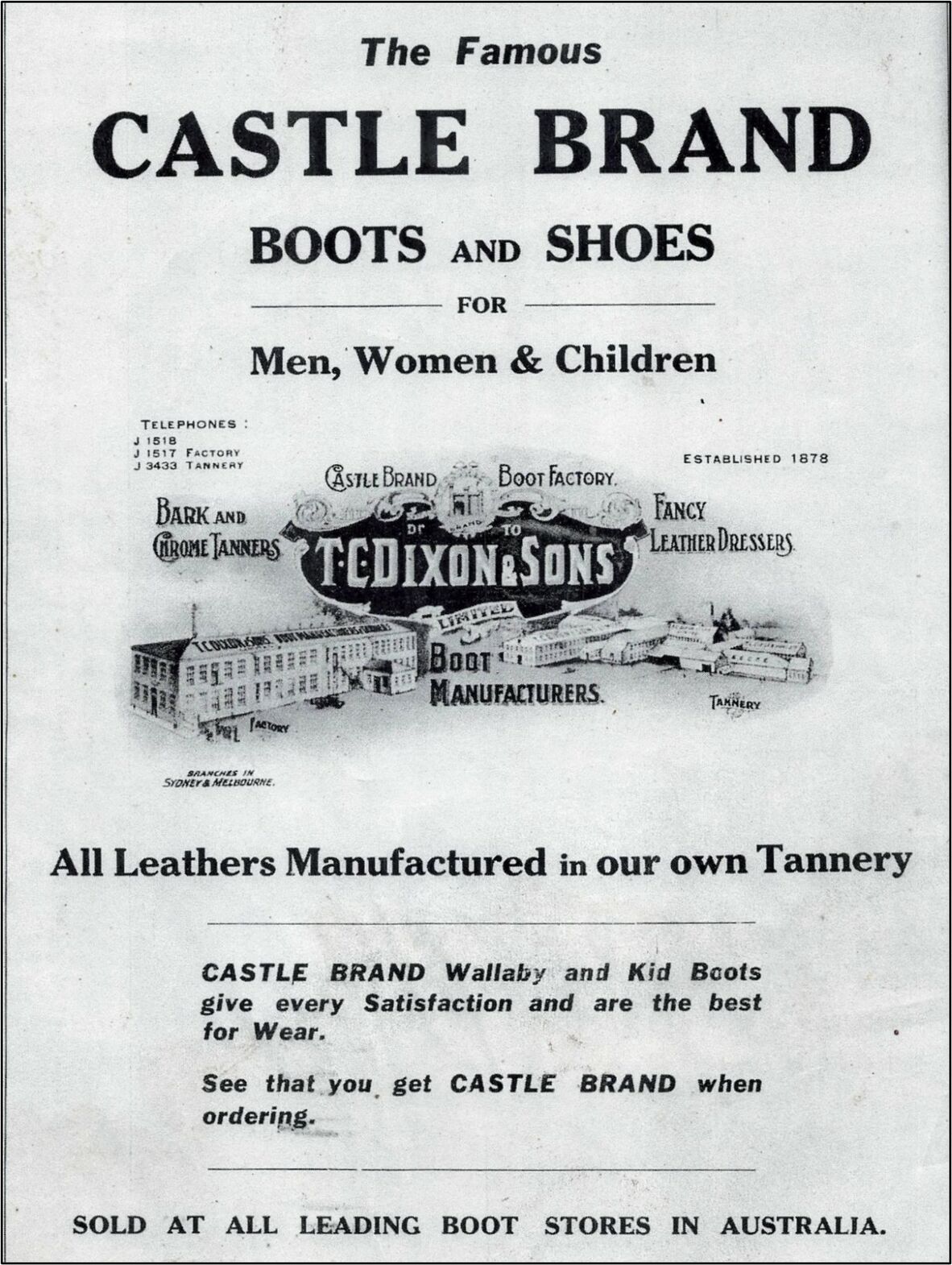
The Municipal History of South Brisbane; South Brisbane City Council. F. J. Brewer, & R. Dunn, 1925. John Oxley Library, State Library of Queensland.
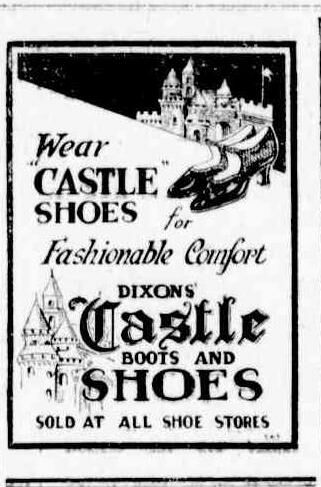
1927
Dixon’s castle boots and shoes, Telegraph, Saturday 24 September 1927, page 10 . Trove, National Library of Australia.
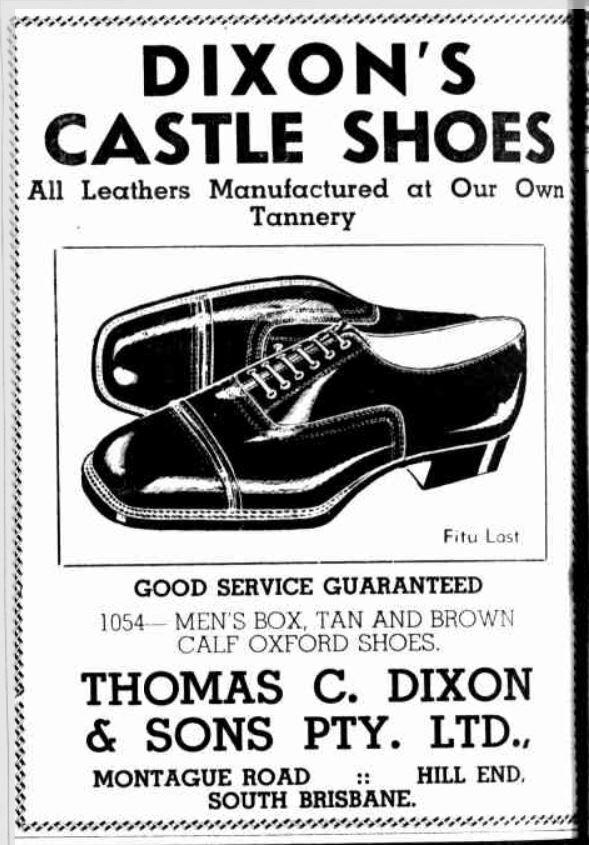
1939
Castle shoes, Courier Mail, 26 June, 1939. Trove, National Library of Australia.
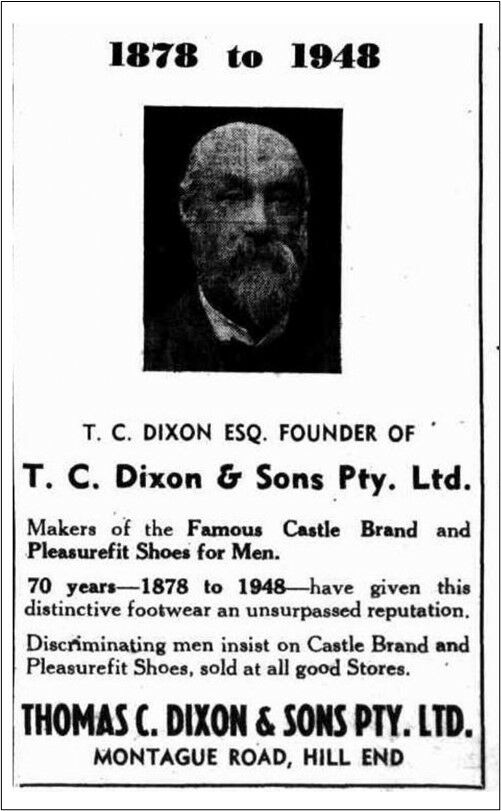
1948
1878 to 1948, Brisbane Telegraph, Saturday 1 May 1948, p.19. Trove, National Library of Australia.
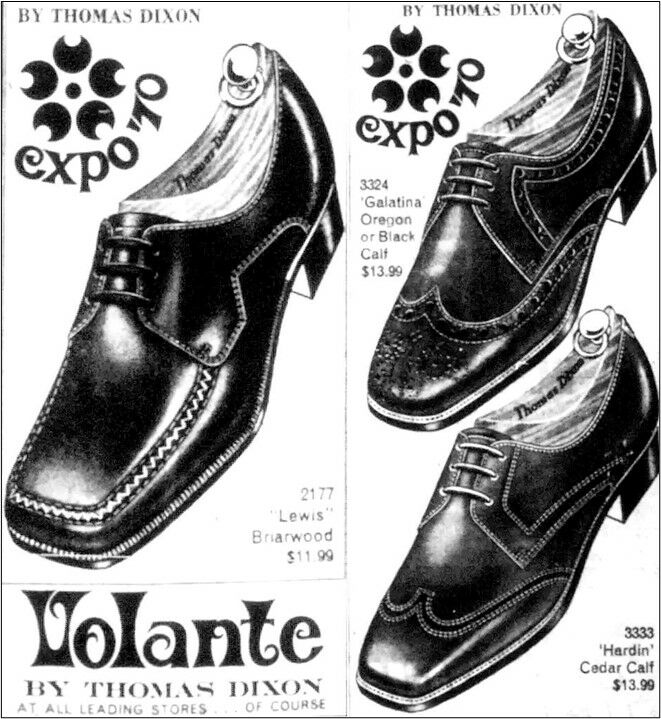
1970
Expo 70, 20 Courier Mail, 20 June,1970. Courier-Mail, 20 June. John Oxley Library, State Library of Queensland.
There is an old custom of putting a coin in a new purse or in shoes for good luck. Not certain when T C Dixon & Sons introduced a similar item into their promotional repertoire, but it would appear to be c.1900s that this advertising strategy was introduced. The medallion had the message: ‘Thomas Dixon Fine Shoes for Men Since 1878’ on the recto side and on the verso wide, the crown symbol and the words ‘The Seal of Quality’. Fortunately, an example of this has been located and is now lodged with the Dixon collection in the State Library of Queensland.
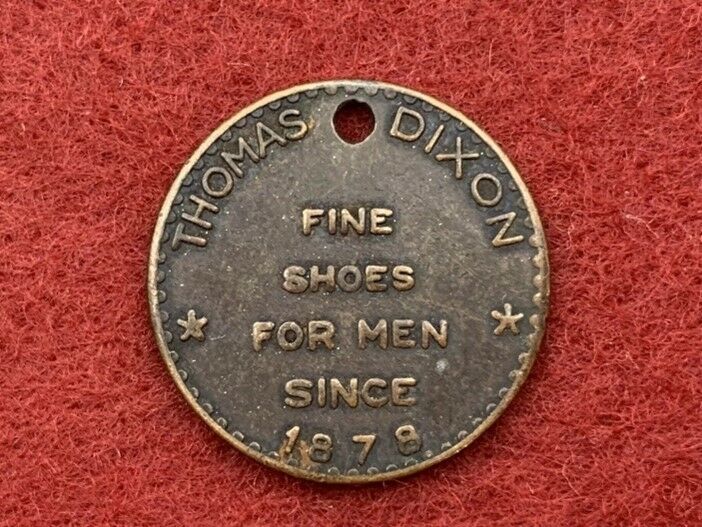
T C Dixon Advertising token - side 1. John Oxley Library, State Library of Queensland (item currently being accessioned)
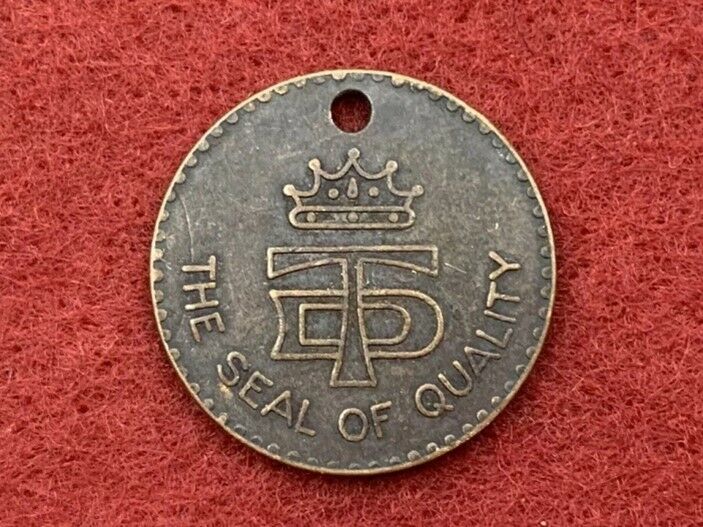
T C Dixon Advertising token - side 2. State Library of Queensland (item currently being accessioned)
When the Dixon factory finally closed in 1980, Brisbane - and Queensland - lost a business that had given employment to many workers in the footwear trade, and a business that had contributed to Brisbane and the State’s manufacturing sector and to not only the local but also to the broader Queensland economy. And, importantly, the company had produced locally crafted footwear for generations of Queenslanders.
Addendum
There is a post script to the story of T C Dixon & Sons: T C Dixon’s ‘decent place’ is, today, the home of Queensland Ballet. After the closure of the Montague boot factory in 1970, the building went through various owners and purposes until it was acquired by the Queensland Government in 1975 and subsequently re-invented as the permanent home of the Queensland Ballet. It was heritage listed in 1998 as ‘a rare surviving example of an early twentieth century industrial factory. (19)
Under the leadership of Li Cunxin, the Company’s artistic director, the building was renovated to become a centre of artistic excellence for the Company and is now renamed The Thomas Dixon Centre. That story has been told by Marilyn England in the publication, From Boots to Ballet Shoes. But the Dixon family still retains an interest in the Company’s history and members have contributed to the research for this story. So it was a pleasure to accompany T C Dixon’s grand-daughters, Kerry, Jocelyn and Barbara, on a visit to the Dixon Centre in 2024 to experience the transformation of T C Dixon’s boot factory to one of Brisbane’s major cultural centres.
Other blogs by Dr Robin Trotter, 2021 and 2024 Queensland Business Leaders Hall of Fame Fellow
- Bootmakers of Brisbane [Part 1]
- The Pioneering Hide, Skin and Leather Industries of Brisbane: The Dixon Tanneries [Part 1]
- The Pioneering Hide, Skin and Leather Industries of Brisbane: The Dixon Tanneries [Part 2]
- Frank McDonnell And The Early Closing Movement
- How to make a Carton: history of paper making in Australia
- The making of a Knight: Sir Arthur Petfield
- A Career in Cards
- How Napoleon's pistols came to Queensland
- Sir Arthur Petfield and 'The World Shrinkers'
REFERENCES
- A currier is a specialised trade: ‘a leather worker who transforms the tanned hide into the supple leather needed by other craftsmen. Basically, the job involves damping the leather to soften it, scraping it to a uniform thickness, then treating it with dubbin (a mixture of tallow and fish oil) and working it to enhance the grain and polish it; https://www.british-genealogy.com/forum/threads/44223-What-is-a-Currier
- Morrison, W F, 1909, The Aldine History of Queensland, The Aldine Publishing Company, Sydney.
- Morrison. ibid., p.
- Dixon. T C, 1908, Speech at opening of the new boot factory, Montague Road, West End.
- Dixon’s Tannery, Brisbane City Council, Heritage Register, http://heritage.brisbane.qld.gov.au/sites/default/files/citation/dixon-s-tannery-former-_1762.pdf?t=1734489184
- Dixon, op. cit.
- Thomas Dixon Holdings Pty. Ltd., 1973, Invitation to the official opening of the manufacturing complex by His Excellency Air Marshal Sir Colin Hannah, K.C.M.G., K.B.E., C.B., Governor of Queensland, at Viking Drive, Wacol Industrial Estate on Monday the 1st of October.
- Dixon, 1908, op. cit.
- ‘Kangaroo Point and South Brisbane', 1893, The Queenslander, Saturday 11 February 1893, p.277.
- ‘The Death of Richard Gailey', 1924, The Queenslander, 3 May, p.15
- Thomas Dixon Centre, Queensland Heritage Register, https://apps.des.qld.gov.au/heritage-register/detail/?id=601024
- 3113 Thomas C Dixon & Sons records, John Oxley Library, State Library of Queensland.
- Thomas Dixon Holdings Pty. Ltd., 1973, op, cit.
- This information was supplied by an ex-employee, Ray, who worked as a ‘clicker’ at Dixon’s for most of his working life.
- Wootten, R., https://wootten.com.au/heritage/
- Notes of Marilyn England, n.d.
- Dixon, 1908, op. cit.
- Ray X, 2024, claimed in interview.
- Thomas Dixon Centre, Queensland Heritage Register, https://apps.des.qld.gov.au/heritage-register/detail/?id=601024
Dr Robin Trotter's Research Reveals talk.
Comments
Your email address will not be published.
We welcome relevant, respectful comments.